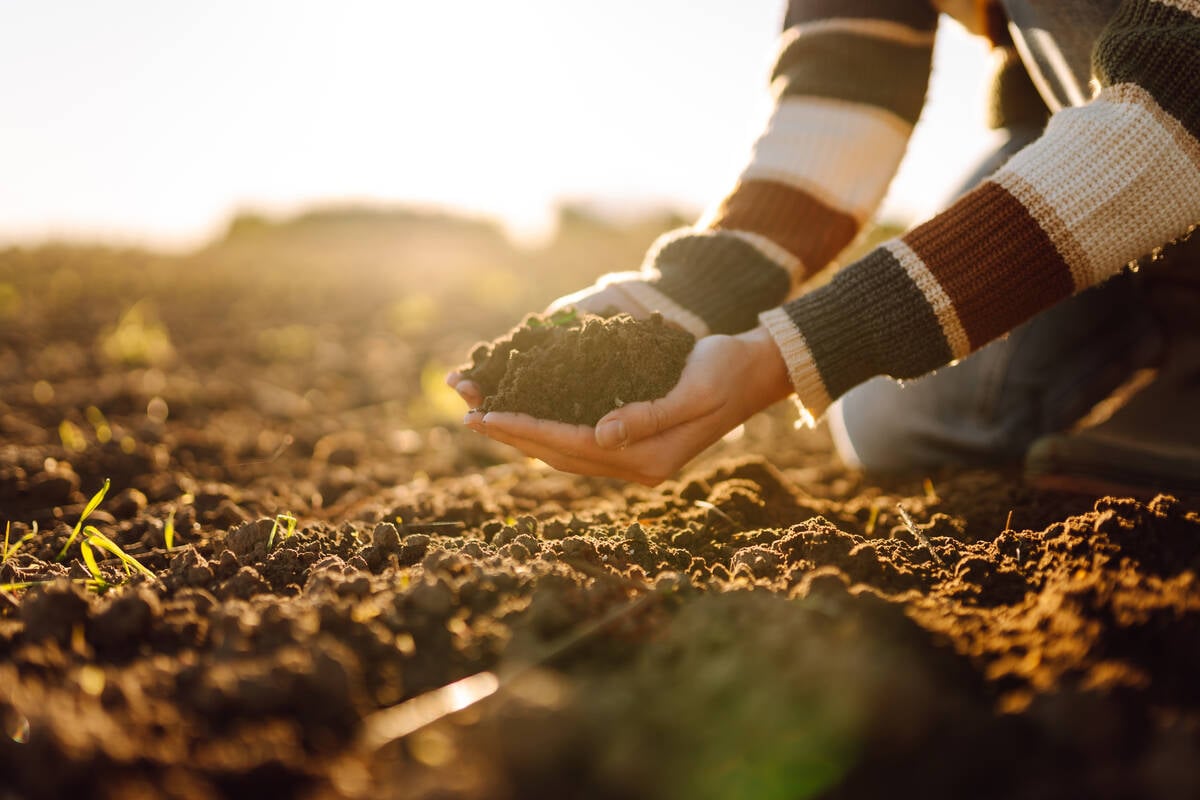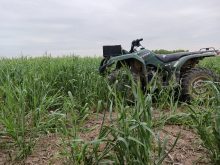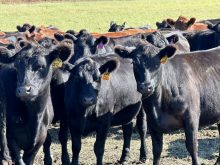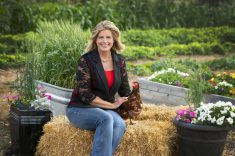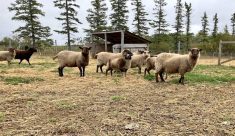A new pilot project by a major Alberta crop insurer is exploring how soil organic carbon (SOC) levels in wheat farmers’ fields reduce production risks and boost drought resilience on farms.
But as a sidebar, the Agriculture Financial Services Corporation (AFSC) project is also examining whether SOC health can be used as a metric to offer growers premium discounts for crop insurance.
“These findings could support more accurate and equitable premium setting in the future on a provincial scale,” read an AFSC news release.
Read Also
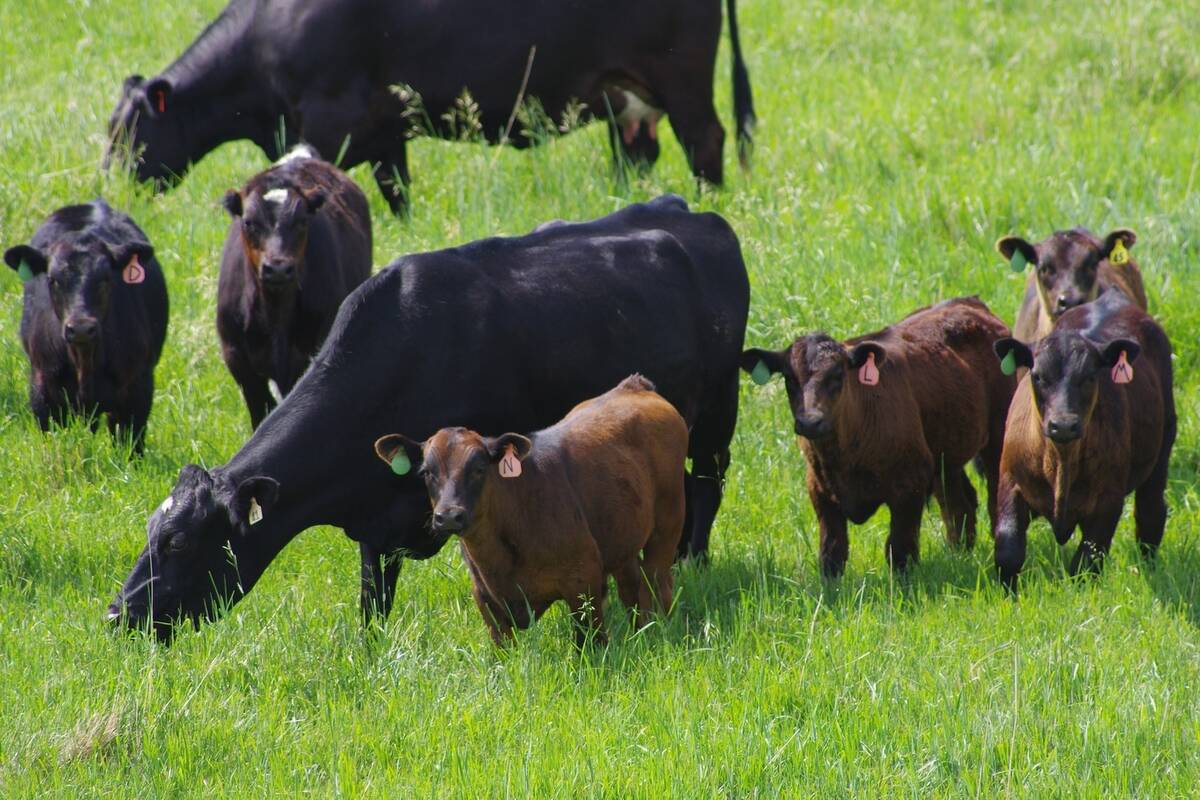
Grazing ‘sweet spot’ boosts pasture performance
Timing-focused approach to pasture management touted to boost forage growth, livestock gains while also cutting farmer labour and inputs
Soil organic carbon levels could play a major role in drought management, which in turn could impact crop insurance rates.
The yield effects of SOC in wheat can be substantial, said Leslie McEachern, AFSC product coordinator. Results in central and east-central Alberta between 2020 and 2024 bear this out.

“We had determined that for every 1 per cent increase in soil organic carbon — which is roughly a 2 per cent increase in soil organic matter — that wheat yields increased anywhere from 7 to 16 per cent,” she said.
Also, preliminary AFSC analysis shows that above-average SOC levels reduced crop insurance indemnities by $25 per acre.
“It’s absolutely got us thinking about … some ways that we can fine-tune our risk-setting methodology at the field level into the future rather than at that large-scale farm level.”
Part of national project
The project is part of a national initiative spearheaded by the federal-provincial-territorial Sustainable Canadian Agricultural Partnership (S-CAP). Participants were encouraged to focus on cost-neutral pilot projects that produce an environmental benefit and reduce production risk.
McEachern believes the AFSC pilot delivers on all three qualifications.
“When we were looking at options of what BMP pilot we wanted to do, we had actually come across a similar study done by the USDA (United States Department of Agriculture) in the states with regards to soil organic carbon levels and their effects that they had on yield. And we did find something really similar in Saskatchewan as well.
“We felt that was a really perfect fit for our pilot as we really wanted to focus our efforts on something that was really meaningful for our province in the manner of determining premium rates for our clients.”
SOC isn’t currently a directly measured factor when setting producer premiums and coverage, she said. Including SOC would add a new dimension to that process.
“We can actually start to see how increased soil organic matter — because soil organic carbon correlates with soil organic matter — can reduce risk, especially through the past few drought years that we’ve experienced in the province.”
Test area chosen for diversity
The pilot — which uses satellite imagery provided by the Olds-based Food Water and Wellness Foundation — is taking place in an area AFSC calls “Risk Area 13”: a region of Alberta comprising Vegreville, Vermilion and Lamont.
Risk areas are used to group regions with similar soil and climatic characteristics, said McEachern.
“We realize that soils in Barrhead are going to be vastly different from soils in, say, Medicine Hat, for instance. So that’s why we’ve kind of split everything out into risk areas. There are multiple risk areas across the province.”
The area was primarily chosen for its strong production diversity, McEachern explained.
“Risk Area 13 has organic production. There’s a lot of forage production there. We’ve got producers that are in the livestock market, so we know that rotations are a little bit more dynamic.
“And we were hoping that we would be able to find farms and find some soil that varied greatly in soil organic carbon content so that we can make a stronger case.”
AFSC decided on satellite modelling as its means of collecting soil data; there simply wasn’t enough data available from soil tests, she noted.
“Obviously using satellite data is going to make this process a lot simpler for us because we’re not sure if we would have really been able to logistically do this otherwise. … We recognize that not every producer samples their soil on a regular basis.
“We know that satellite data was ground-truthed by Food Water and Wellness so we could really trust that data as well.”
Testing soil health at the quarter-section level — which this project is doing — is different from how most insurance surveys (which tend to gather data at the farm level) operate. This focus offers more specific data, said McEachern.
Not telling farmers how to farm
If SOC was to become a determinant in crop insurance coverage and premiums, what would it mean for producers in areas where some of the common soil-building techniques are simply not feasible?
McEachern said there are reams of information available for farmers looking for soil-building practices appropriate for their soil, environmental and climatic conditions.
“Talk to other producers, look on the web, pick up magazines. There’s a plethora out there on stewardship of soil health and producers can kind of pick and choose what works for them. That’s going to help build their soil organic carbon.”
She said AFSC isn’t in the business of telling farmers how to farm.
“We’re not going to say, ‘Hey — thou shalt go out and you must adopt zero-till’ because maybe that’s not necessarily going to work for that operation.”
Some farmers suspicious of soil BMPs
Lower insurance rates for soil-building beneficial management practices (BMPs) may be the carrot-on-a-stick that motivates some skeptical farmers to adopt practices such as planting cover crops and using crop rotations to build soil health.
A study discussed in an Aug. 6 Manitoba Co-operator story suggested there are still some growers — particularly on the Prairies — who aren’t buying what the experts are selling when it comes to soil health.
“In some regions (the Prairies), the concept of soil health is met with caution, skepticism or even rejection,” said Sabrina Peric, an associate professor in the University of Calgary’s faculty of arts, when speaking at the Soils for our Future conference in Winnipeg on July 20-25.
“Several producers … in conversations with me, often (described) the idea of soil health as a contemporary fad. (Something) meant to catch people’s eye … but in general, of little use to producers.”
The study — conducted by Peric and partners from the University of Calgary and the federal International Development Research Centre — collected data on farmers’ attitudes towards soil health.
They received 117 responses to surveys, had 37 in-depth interviews with farmers, met with 12 crop organizations and analyzed data collected by the Canadian Roundtable on Sustainable Crops and Soil Conservation Council of Canada.
In summary, they found:
- Prairie farmers are more skeptical about soil health than producers in Ontario;
- There’s a generational divide, with older farmers being more resistant to the concept;
- Many farmers don’t understand soil health and what it means;
- Prairie farmers, particularly producers from Saskatchewan and Alberta, said the government emphasis on soil health is yet another “top down” regulation driven by urban values, said Peric.
Input advisory meeting on deck
Farmers in Risk Area 13 (risk area maps are available on the AFSC website at afsc.ca) may be interested in attending a virtual input advisory group session on the project Nov. 17.
“If there are any producers that are interested in the pilot and would like to get more information or just want to sit with us … we’re asking that they reach out to their nearest AFSC branch and then the staff there will forward them an invite,” said McEachern.


